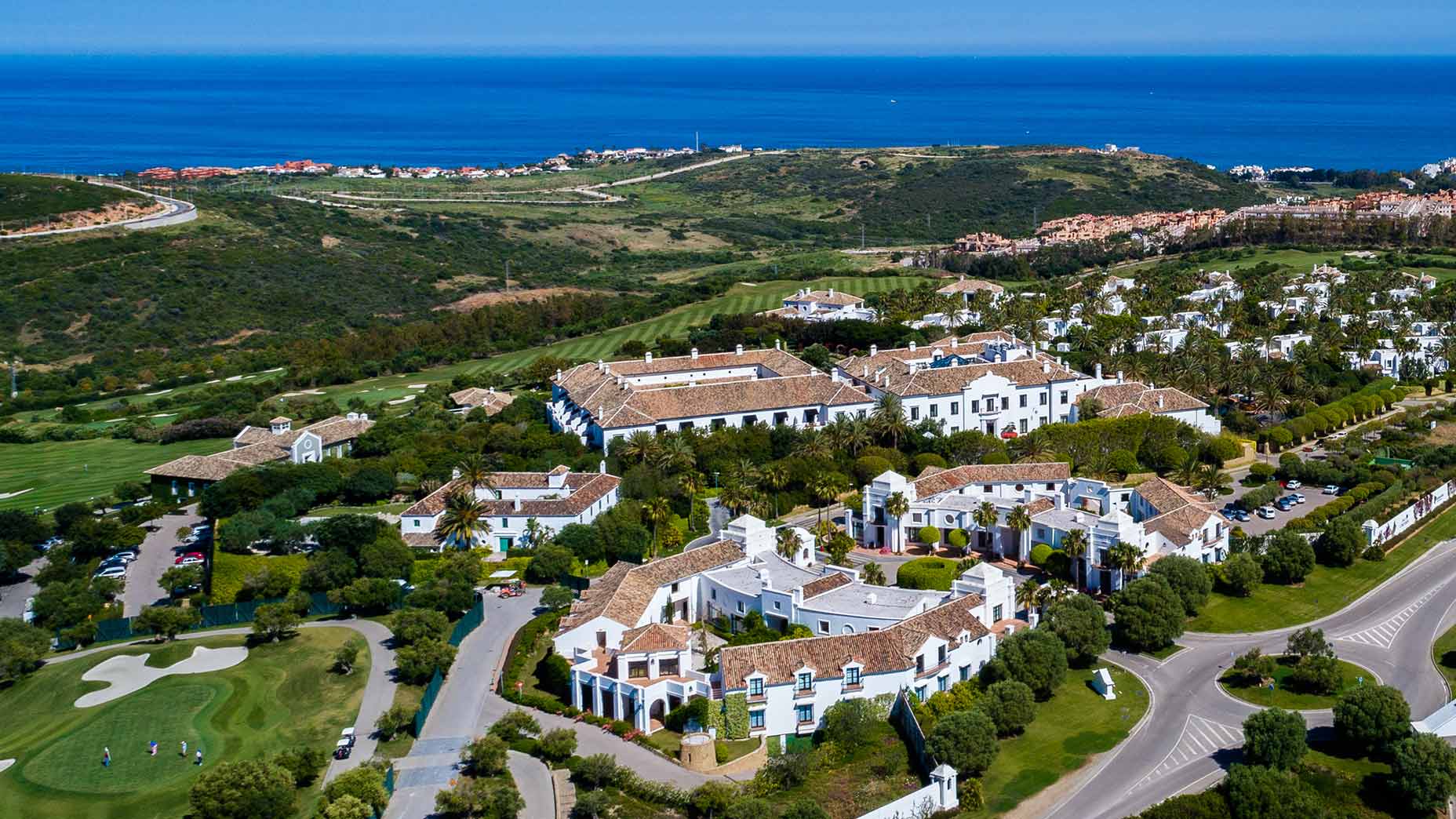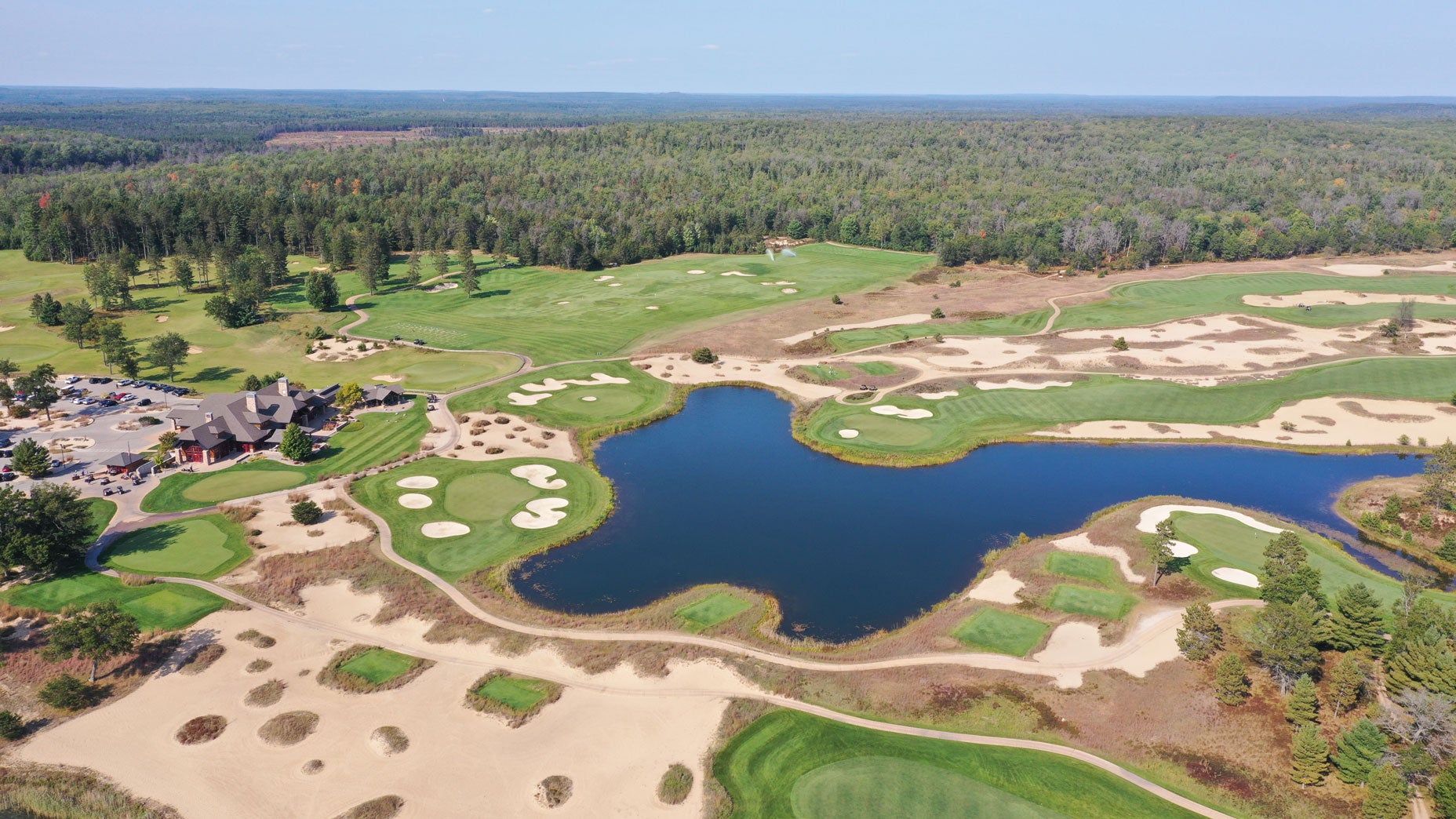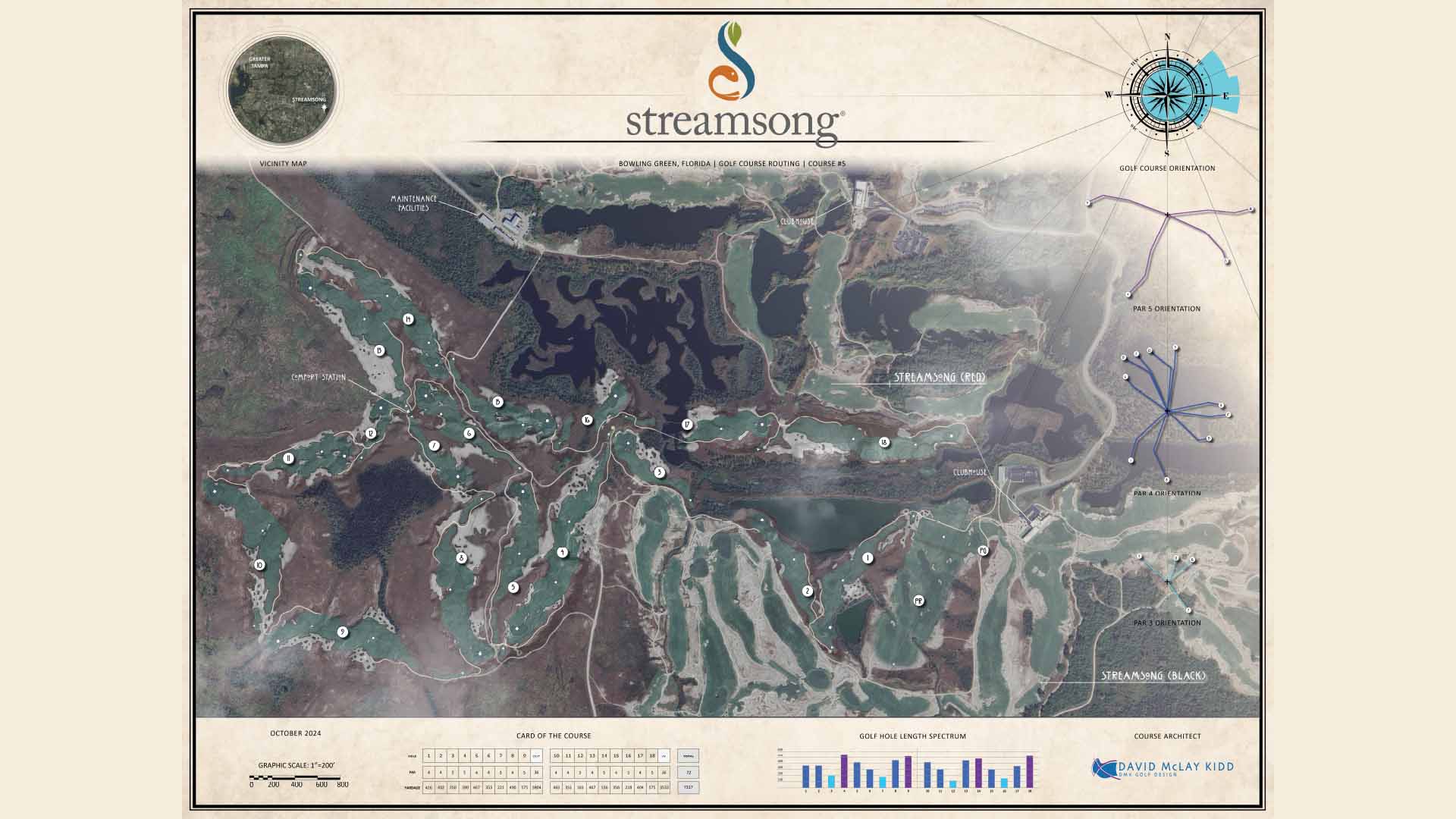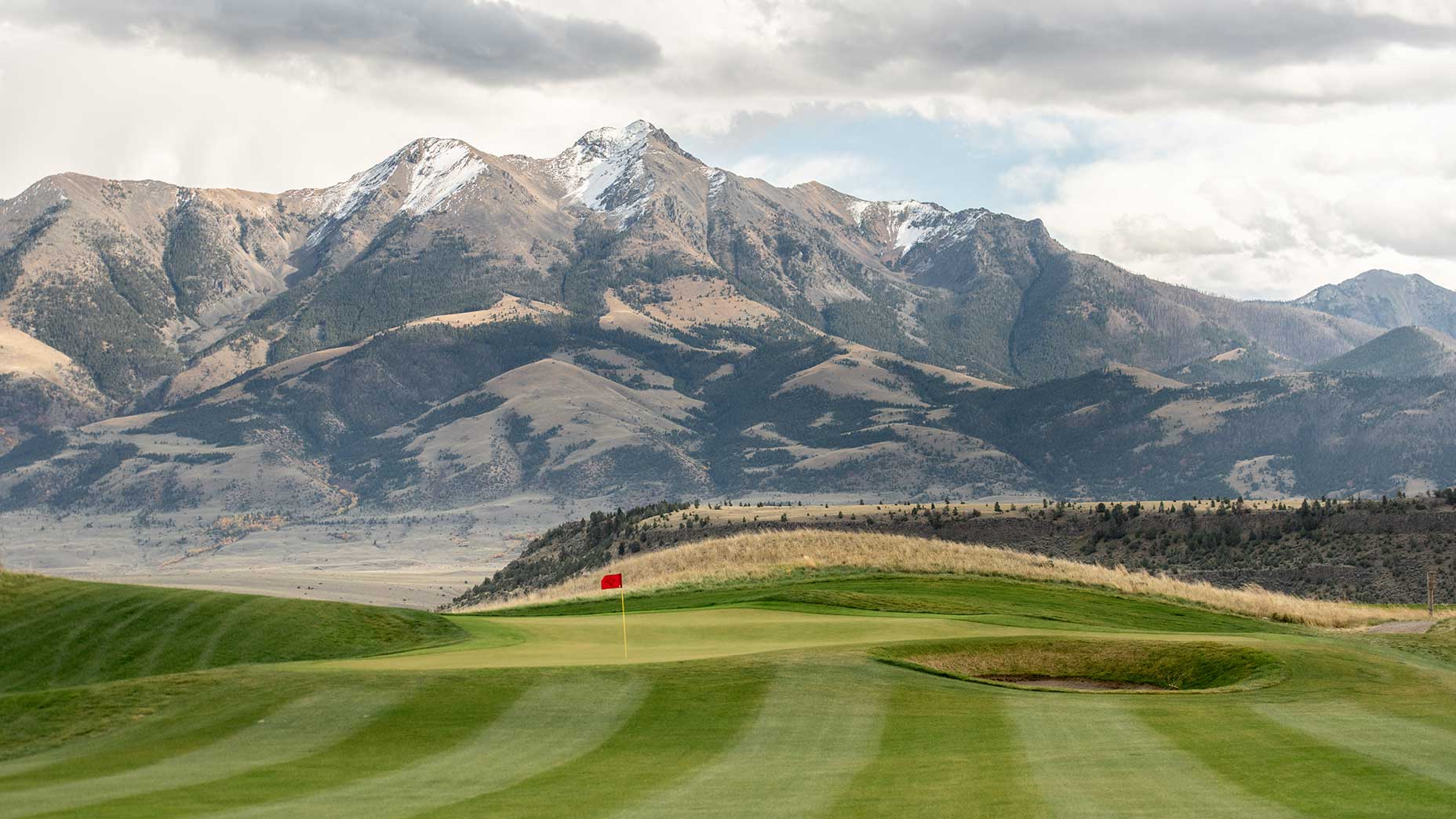Sedge Valley, the newest course at Sand Valley, is must-play material
- Share on Facebook
- Share on Twitter
- Share by Email
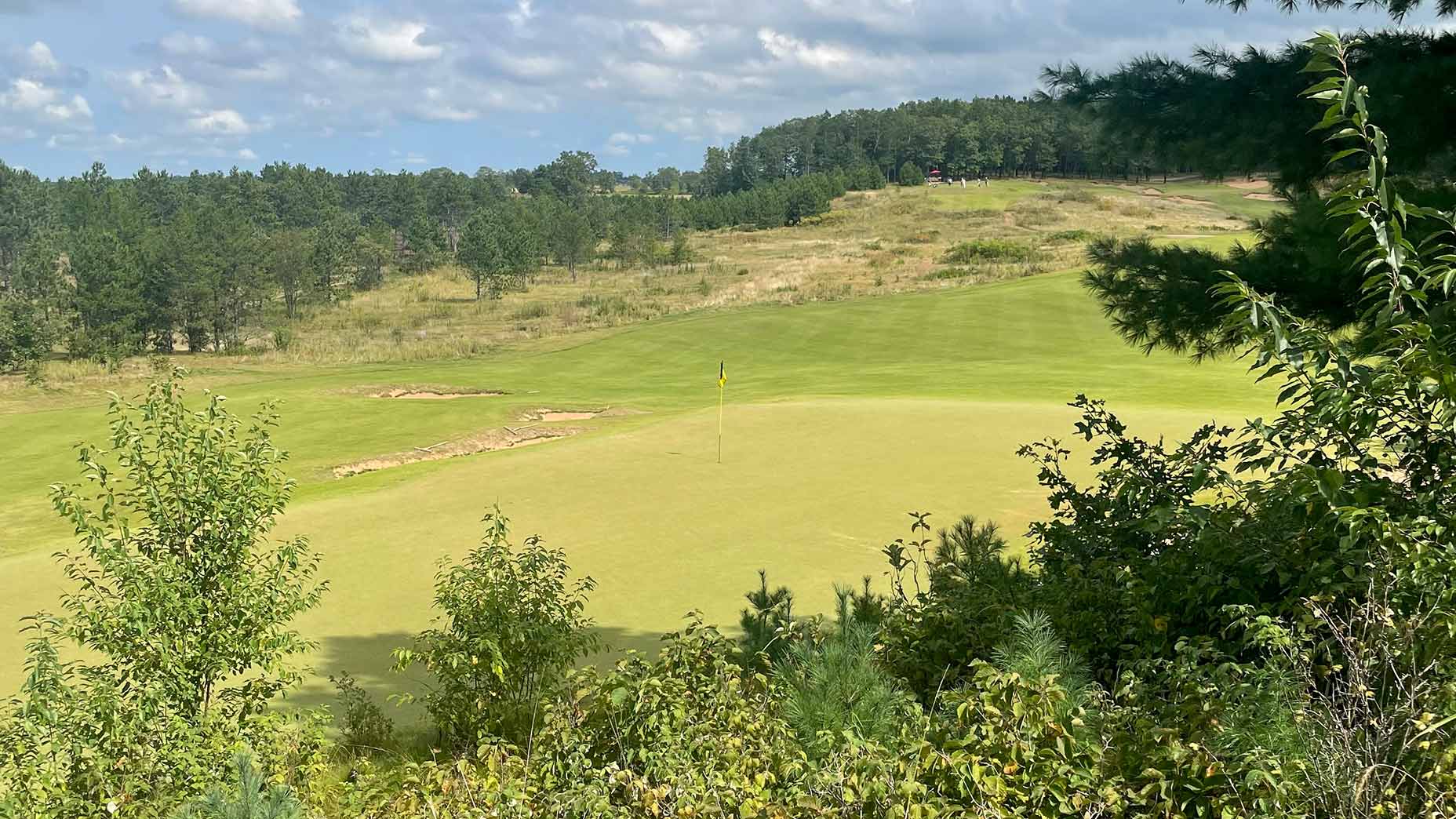
The par-4 6th hole at Sedge Valley, the newest golf course at Sand Valley Golf Resort.
Josh Berhow
My long-hitting playing partner walked off the 6th green at Sedge Valley having learned his lesson, the same one nearly everyone who plays the newest routing at Sand Valley Golf Resort has come to realize.
“That’s why you lay up,” he said, “and not hit it into the bunkers, which are death.”
Sedge Valley has only been open since July, but the 5,829-yard, par-68 course is already doing what great golf courses are supposed to do: make golfers think.
This was the plan all along for architect Tom Doak, his team at Renaissance Golf Design and brothers Chris and Michael Keiser, who operate the resort that they developed with their father, Mike Keiser.
“If you’re out of position at that course, it’s not like you have a better angle versus a slightly good angle,” Michael Keiser told GOLF.com during the building process. “You might be in the fairway with a wedge, and if you’re in the wrong position you should seriously think about laying up to the right position.”

Let’s go back to that 6th hole, one of many with options galore off the tee. It’s a 294-yard par-4 with a large fairway that slopes from left to right. A 200-yard shot to the left side should stay on that top shelf of the fairway, leaving you with a short approach and a good angle to a narrow green. But that same 200-yard shot that fades right and rolls down a hill leaves an uphill wedge with a bad angle to a slender target.
You could also go for the green, like my playing partner did, and find one of the five bunkers surrounding it. That led to a plugged lie, his first bogey of the day and a painful education about Sedge Valley ($295 peak), which has already become many visitors’ favorite course on a property that boasts two other uber-popular tracks (not including the semi-private Lido).
Sedge Valley was inspired by classic, heathland English courses, and it lives up to that promise with a dynamite combination of playability and strategic challenge on rollicking terrain in central Wisconsin.
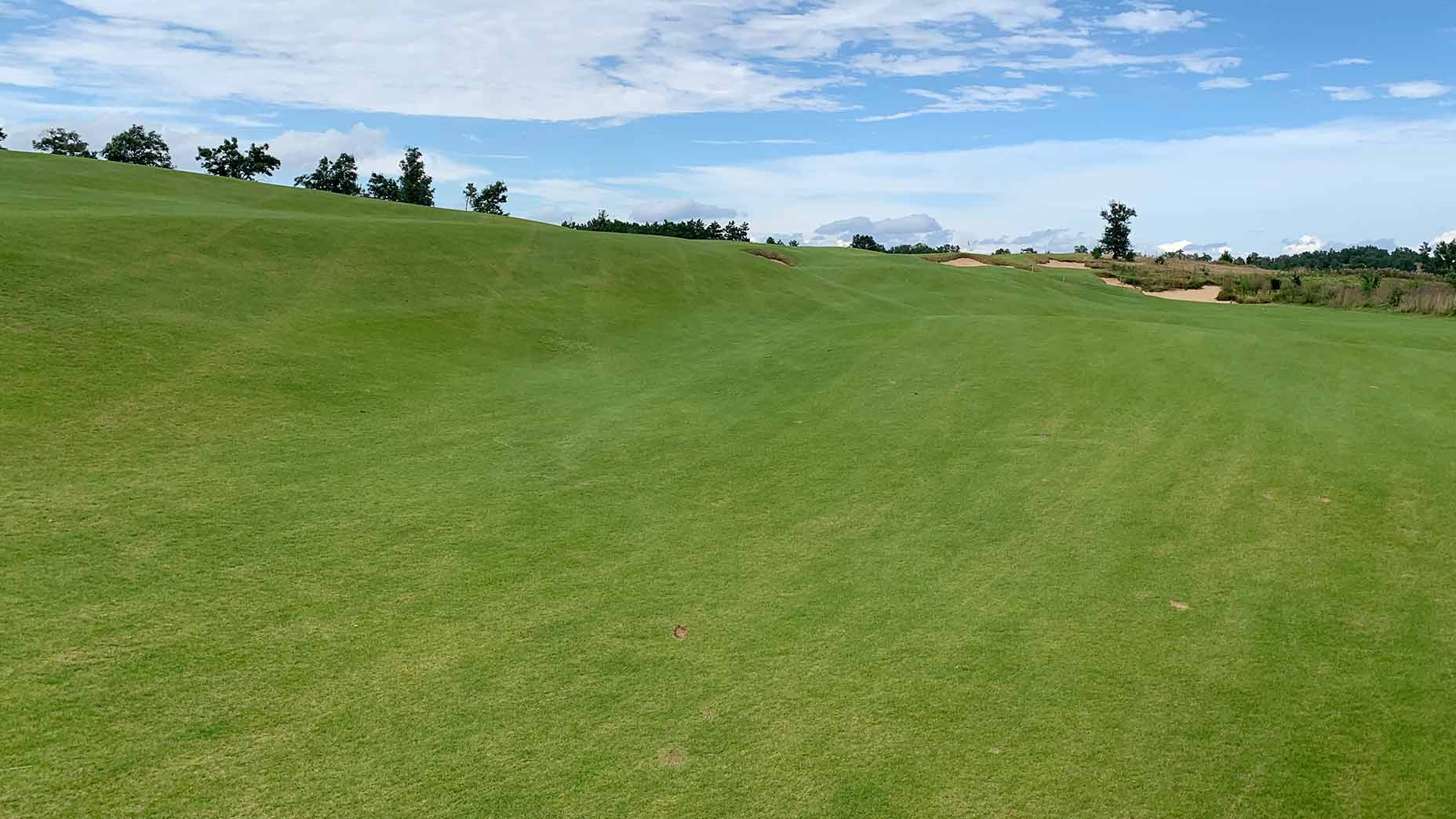
The fairways are wide — not Sand Valley or Mammoth Dunes wide, but still ample — with green complexes so compelling you’ll hold your breath waiting to see the next.
Don’t be fooled by the par-68, sub-6,000-yard numbers, either. That might sound like a short course — there’s only one par-5 — but four par-4s stretch more than 400 yards. (In the words of our starter, it plays more like a 6,500-yard course.)
There’s also a trio of excellent short par-4s, including the aforementioned 6th. The 278-yard 12th shares traits with the 6th. A layup to the left shelf of the fairway will keep you on the same plane as the green and give you an ideal angle in, while anything right means an uphill shot and a trickier line into a green with a large swale running through it.
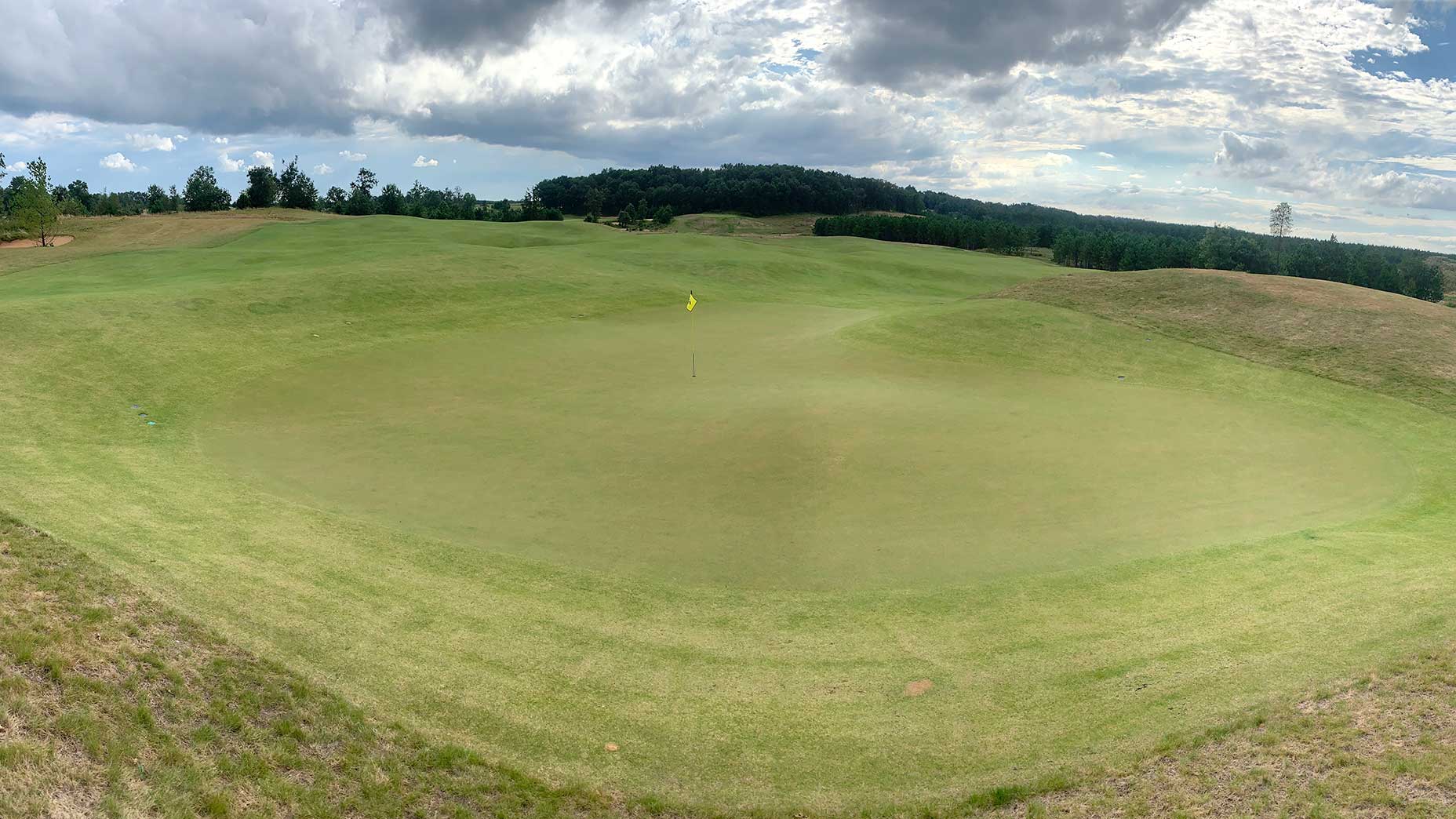
The final short 4, the 318-yard 18th, might be the most memorable. A bunker 200 yards off the tee bisects a massively elevated top half of the fairway from a landing area far below. A layup in front of the sand calls for a blind wedge into a small green surrounded by aggressive banks, giving it a punchbowl-like effect. A ball that lands on the top shelf leaves a flip wedge to a green that is tucked discretely into the folds of the terrain.
Sedge Valley is loaded with other goodies, too. The only blind shot is the approach into the long, uphill par-4 3rd, where you aim at a sign in the trees, launch your ball over a cluster of bunkers and then cross your fingers as you walk up anxiously awaiting the reveal. There are back-to-back par-3s on 7 and 8 (echoes of what Doak pulled off on the 10th and 11th at Pacific Dunes), with the second playing 80 yards longer to ensure you’re not hitting the same shot twice. The lone par-5 (the 11th) is a standout as well, with ample space long and right to encourage players to try and reach in two, although a shot that misses right will fall hard off a bank, leaving a difficult pitch back up.
After this par-5, you’ll hit the halfway house, where you can snag a $1 Italian beef sandwich (budget-friendly grub is a Sand Valley signature). They’re delicious, but not near as good as the golf course you’re playing. That’s tough to beat.
The unconventional features of Sand Valley’s newest course made it @Josh_Berhow’s favorite at the resort.
— GOLF.com (@GOLF_com) August 30, 2024
The par-68 has only one par-5 and tops out at just under 6,000 yards but it engages your imagination at every turn. pic.twitter.com/TkhCotT4GI
Latest In Travel

Josh Berhow
Golf.com Editor
As GOLF.com’s managing editor, Berhow handles the day-to-day and long-term planning of one of the sport’s most-read news and service websites. He spends most of his days writing, editing, planning and wondering if he’ll ever break 80. Before joining GOLF.com in 2015, he worked at newspapers in Minnesota and Iowa. A graduate of Minnesota State University in Mankato, Minn., he resides in the Twin Cities with his wife and two kids. You can reach him at joshua_berhow@golf.com.


